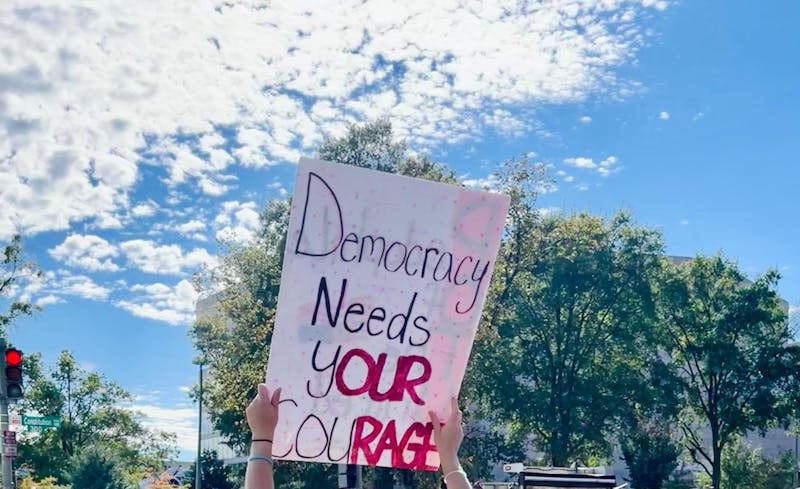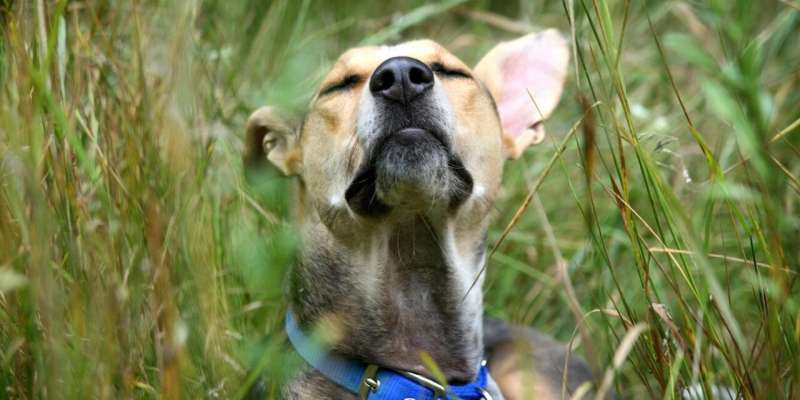Research conducted by the University of Cincinnati has revealed that monk parakeets employ a strategic approach when forming new social connections. This study highlights how these birds engage in cautious interactions with unfamiliar peers to mitigate risks associated with potential conflicts.
The findings indicate that monk parakeets do not rush into close encounters with new birds. Instead, they take a gradual approach, testing the waters before advancing to more intimate interactions. This behavior is significant, as it demonstrates the birds’ awareness of the dangers inherent in socializing, which could lead to injury or other negative outcomes.
Understanding the Research Approach
The research team observed a group of monk parakeets as they were introduced to new individuals in a controlled environment. The birds initially maintained a safe distance, allowing them to assess the behavior of the stranger. Over time, they increased their proximity, adapting their approach based on the reactions they received. This methodical strategy suggests that the parakeets possess an understanding of social dynamics that is often underestimated in avian species.
The study’s lead researcher, Dr. Karen H. H. Huber, emphasized the importance of this behavior in the context of avian social networks. “By taking their time, these birds not only protect themselves but also create a more stable social structure,” Dr. Huber explained. Their measured interactions allow for the establishment of trust, which is crucial in developing long-lasting friendships.
Implications for Social Behavior
These findings have broader implications for understanding social behavior across species. The monk parakeets’ cautious approach serves as a reminder of the complexities involved in forming new relationships. Just like humans, these birds navigate social landscapes with a mix of curiosity and caution.
The research sheds light on the evolutionary advantages of such behaviors. In a world where social relationships can influence survival, the ability to assess risks before engaging can lead to more successful interactions. As more studies examine these dynamics, they may reveal further insights into the social structures of various animal species.
As the study concludes, it opens the door for future research on the social behaviors of different birds and their learning processes. The monk parakeets’ unique approach to friendship not only enhances our understanding of avian life but also reflects the intricate nature of social interactions in the animal kingdom.







